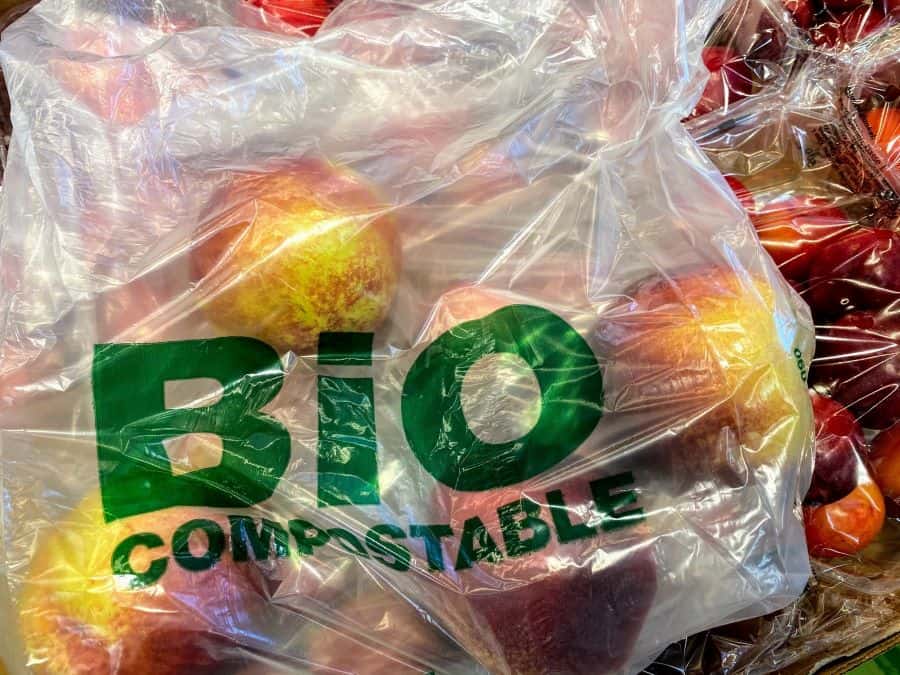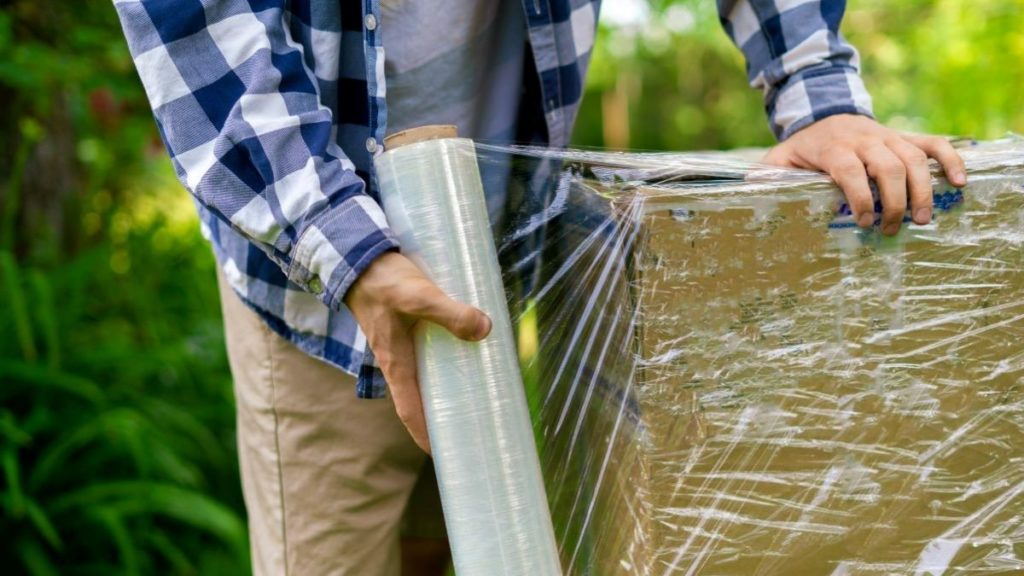Featured image by Mike_shots
Shrink wrap is an excellent choice of product packaging for businesses. In fact, from the look and feel to the longevity of your product, shrink wrapping can help your product stand out from similar offerings in the market. Many businesses opt for this option because shrink film is flexible, durable, convenient, and affordable.
Recently, a US-based company called Coretc developed a revolutionary product called EcoShrink. This commercially compostable alternative to more common industrial-grade plastic shrink wrap meets ASTM D6400 standards. This means it can be disposed of in a commercial composting environment, thus reducing the amount of plastic ending up in a landfill. In fact, its recyclability is another big factor that works in favor of shrink wrapping.
If you intend to shrink wrap your products, you’ll need to know the ABC’s of this particular packing technology. Here we walk you through shrink wrapping and talk about its benefits. We also look at the different types of wraps and shrink wrap machines. Let’s dive in.
What Is Shrink Wrapping and How Does It Work?
Shrink wrapping is a pretty convenient process. In fact, it only requires two elements: the right kind of shrink wrap and heat. There are various kinds of shrink wraps or shrink films to choose from for your requirements.
Additionally, depending on the size of the product and scale of your business, you can choose from handheld heat sources, automatic shrink wrap machines, and shrink wrap machines. These machines simplify an already convenient process further and increase efficiency.
With just a roll of plastic wrap and a sealing machine, you can weatherproof, waterproof, and tamper-proof your product. And since there’s no restriction on the size of products you can shrink wrap—thanks to shrink wrap machines—there’s no limit to what you can package. The cherry on the top is that shrink wraps are recyclable. This means they can be remade for future use. After multiple uses, EcoShrink will safely decompose.
What Are the Advantages of Shrink Wrapping?
The benefits of using shrink wrap in packaging include durability, flexibility, and the aforementioned recyclability factor. Let’s take a look at some of the other notable advantages of shrink wrapping your products.
- Keep your goods protected: Shrink wraps protect and preserve the contents of the packaging. These are cross-linked films. This means they have higher tear and puncture resistance. Therefore, they offer a higher rate of tamper reduction. Moreover, if you use automatic shrink wrap machines, these films will actively reduce product damage and packaging waste. Additionally, shrink wrapping adds to the shelf life of perishable products and also conceals the smell.
- Make your product look good: You can customize the various types of shrink wraps to make your product look presentable. For example, there are films with anti-fogging properties and low moisture vapor transmission rate (MVTR). These types are ideal for the food industry, particularly meat. Then some films are best suited for printing colors and designs and providing information on the packaging.
- Sustainability: Shrink wrap films like polyolefin (POF) and polyethylene (PE) are recyclable. These days the focus on sustainability is exceptionally high in the consumer packaged goods industry. Therefore, it’s crucial to use materials that meet the sustainability standards that shrink films meet.
- Affordability: Shrink wrapping allows companies to ditch corrugated packaging from their production line altogether. This not only brings down the cost of packaging but also reduces the shelf footprint of your products.

What Are the Different Types of Shrink Wraps?
Perhaps you are wondering what POF and PE are. There are three most common types of films used in shrink wrapping. They are polyvinyl chloride (PVC), polyolefin (POF), and polyethylene (PE). These materials vary from each other in packing capabilities and characteristics. Let’s take a look.
- PVC: PVC is lightweight and cheap. This is why it was once the most widely used shrink packaging material in the world. However, its tendency to emit harmful fumes when heated, plus its sensitivity to extreme temperatures and its low sustainability have forced it aside in favor of POF and PE.
- POF: POF is highly durable. What’s more, it is an FDA-approved material that is food safe. Thanks to its high tensile strength and cost-effectiveness, POF has replaced PVC as the go-to choice for shrink wrapping. The icing on the cake is that POF is made from 100 percent recyclable materials.
- PE: PE is a variation of POF that is manufactured by adding ethylene during polymerization. There are three types of PE, namely high-density PE, low-density PE, and linear low-density PE. (The abbreviations for these three types are HDPE, LDPE, and LLDPE, respectively.) The first two are not ideal for stretching or shrinking. Manufacturers primarily use these for bottles, containers, food liners, and polybags. However, LLDPE is a blended form of LDPE and the most flexible of the three options. While it doesn’t shrink as well as POF, it’s ideal for stretch wrapping pallets, heavy cargos, and luggage.
RELATED ARTICLE: WHY UNIQUE PACKAGING IS IMPORTANT FOR YOUR BUSINESS
Are There Different Types of Shrink Wrap Machines?
There are three broad types of shrink machines. These vary from manual to semi-automatic to automatic. They include L-bar shrink wrap sealers, intermittent motion shrink wrap side sealers, and continuous motion side sealers.
- L-Bar Sealers: L-bar sealers can heat seal the product inside a shrink film. They then move the product down a conveyor belt into a heat tunnel to shrink. There are manual, semi-automatic, and automatic L-bar sealers. Businesses commonly use these for packaging small consumer goods.
- Intermittent Motion Shrink Wrap Side Sealers: These are entirely automatic shrink wrap machines. They are not high-yield but they do offer professional-grade seals. These industrial machines can package items of any shape and size, which is a plus. E-commerce businesses that need to package different kinds of products often prefer these types of machines.
RELATED ARTICLE: HOW TO START AN ECOMMERCE BUSINESS
- Continuous Motion Side Sealers: These are bleeding-edge automatic shrink wrap machines with servo motor motion controls for fully automated precision packaging. These machines have controls to alter acceleration, velocity, and position. Factories that mass produce products such as candy, books, electronics, and other consumer goods frequently use these machines.
RELATED ARTICLE: 4 COST-SAVING TIPS FOR A MANUFACTURING BUSINESS
So Here’s the Bottom Line
There you have it! You now know everything you need to know about shrink wrap packaging. The last step is to research and understand your target audience to learn what they want from packaging. This will help you with key marketing and branding decisions regarding packaging. Moreover, understanding customer values will help you align the budget and sustainability goals of the packaging.
